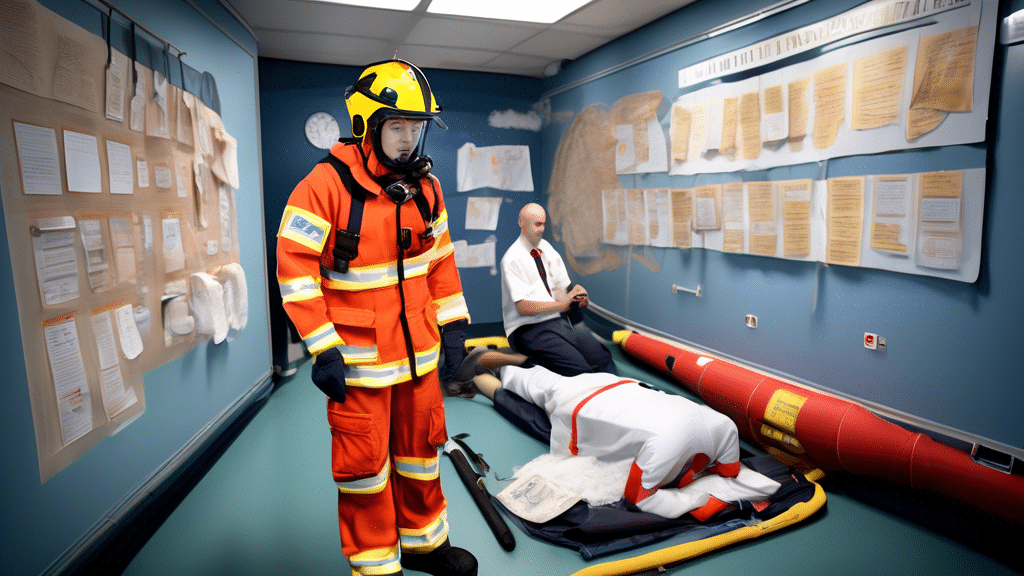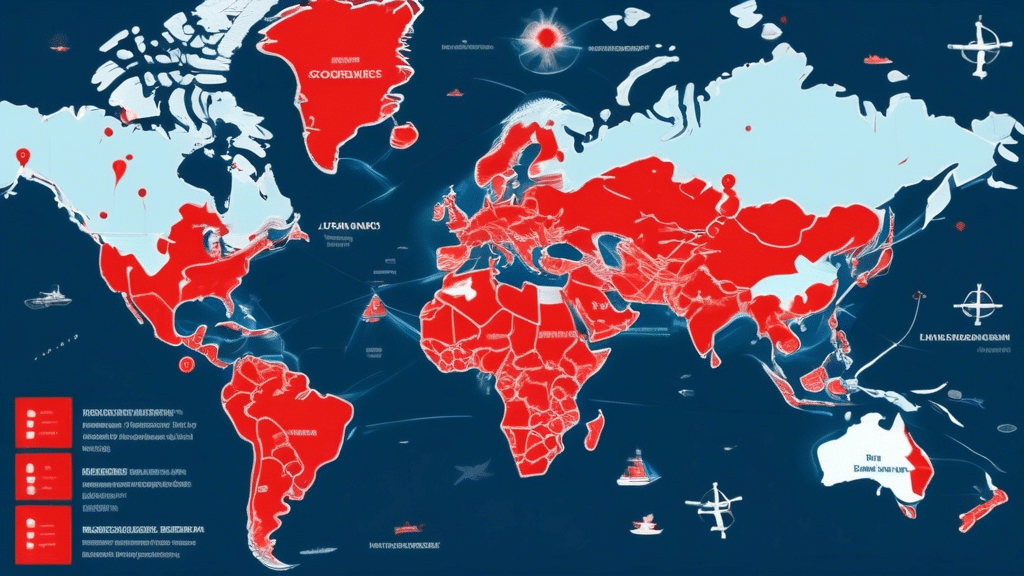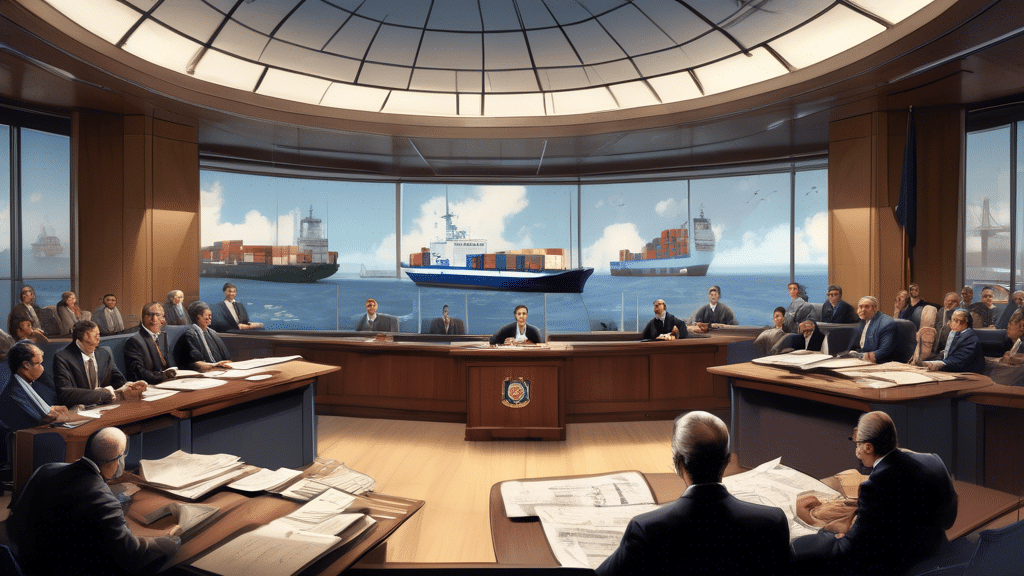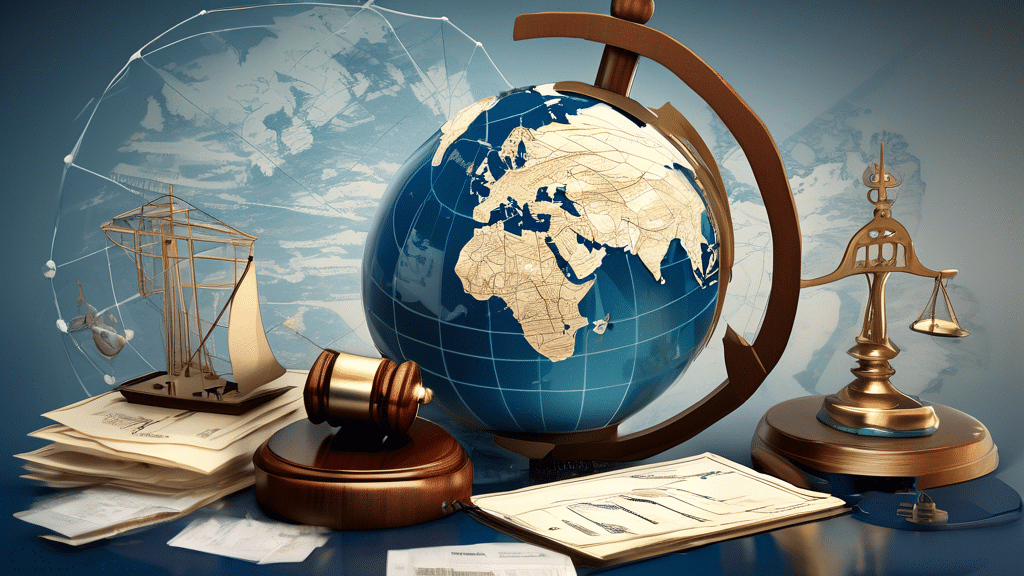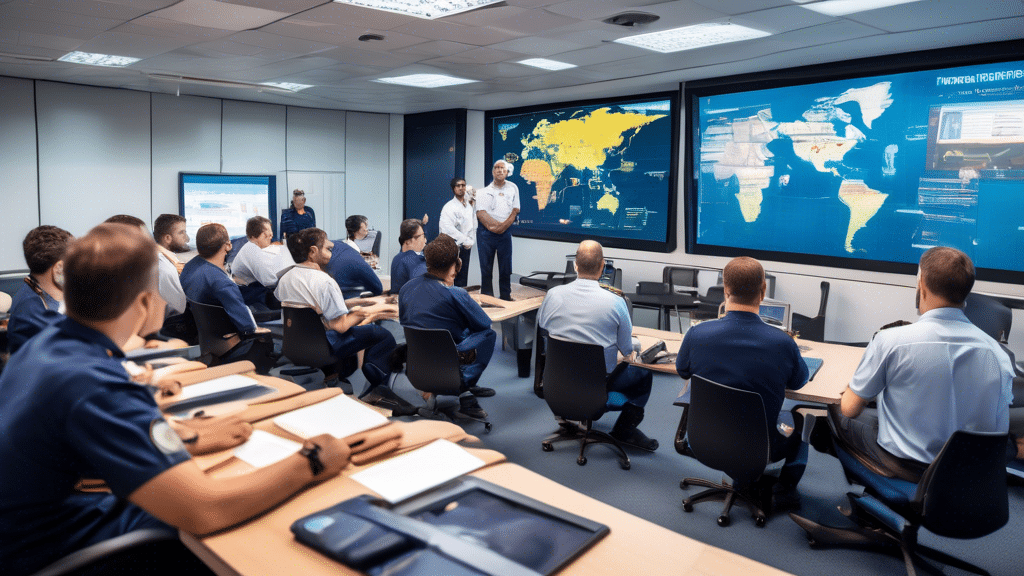Embarking on a career in maritime operations is both thrilling and demanding, particularly for those undergoing Standards of Training, Certification, and Watchkeeping for Seafarers (STCW) training. Understanding what a typical day looks like can help aspirants prepare mentally and physically for the rigors ahead. From the break of dawn, an STCW trainee’s day is meticulously structured, starting with an invigorating morning routine that focuses on classroom learning. As the sun rises, trainees assemble for initial briefings that set the tone for the day, diving into an array of vital theoretical subjects. These sessions cover essential topics such as safety procedures, survival techniques, and maritime regulations, providing trainees with the foundational knowledge required for life at sea.
As the morning theoretical sessions give way to afternoon activities, the focus shifts towards practical skills and field training. This part of the day is designed to bring classroom concepts to life through hands-on exercises that are both challenging and incredibly vital. Trainees are put through their paces with fire drills, lifeboat exercises, and first aid practice, among other critical training exercises. These practical sessions not only reinforce the morning’s theoretical teachings but also ensure that trainees are well-prepared to handle real-life scenarios they may encounter aboard ship. The combination of rigorous classroom instruction and intensive practical training ensures that by the end of their course, STCW trainees are well-equipped with the skills and knowledge necessary to excel in their maritime careers.
Morning Routine and Classroom Learning
For an aspiring maritime professional enrolled in an STCW (Standards of Training, Certification, and Watchkeeping) course, the morning routine sets the tone for the day. As the sun rises, trainees arrive at the training center, usually by 0800 hours, ready to absorb a wealth of knowledge and hands-on experience. The initial part of the day involves gathering for daily briefings conducted by experienced instructors. These sessions provide an overview of the day’s schedule, emphasizing the importance of punctuality, discipline, and active participation – all vital traits for a successful maritime career.
A typical morning begins with a roundup of safety protocols. Instructors remind trainees of emergency procedures, evacuation routes, and the use of personal protective equipment (PPE). These briefings are followed by a necessary check of attendance and an assessment of any medical concerns or challenges that trainees might face that day. It helps ensure that each individual is fit and ready for the rigorous day ahead.
Once the briefings conclude, trainees transition into theoretical classroom sessions where a range of pivotal topics are covered. One of the primary subjects discussed in these morning classes is safety procedures. It’s essential that every trainee is thoroughly familiar with these protocols to prevent accidents and manage emergencies efficiently. Detailed explanations and visual aids, such as diagrams and videos, are used to illustrate key safety measures, enhancing the understanding of complex concepts.
Another critical topic is survival techniques. Trainees learn life-saving skills that could mean the difference between life and death in emergency situations. The curriculum encompasses survival at sea, including lessons on how to maximize the chances of being spotted and rescued, maintaining physical and mental well-being while waiting for rescue, and utilizing life-saving appliances effectively. These sessions are interactive, often involving the use of simulators to provide a more realistic understanding.
Moreover, maritime regulations form a significant part of the morning learning agenda. Understanding international maritime laws and conventions is crucial for trainees as these regulations govern the standards for safety, security, and environmental protection across the seas. Instructors meticulously guide the trainees through the International Maritime Organization (IMO) guidelines, the STCW code, and other relevant maritime laws, ensuring they are well-versed in legal requirements. Emphasis is also placed on the importance of compliance and the consequences of regulatory breaches.
During these classroom sessions, trainees are encouraged to ask questions and engage in discussions, fostering a collaborative learning environment. The trainers, often veterans in the maritime industry, share real-life experiences and scenarios to illustrate the practical implications of theoretical knowledge. This approach not only solidifies the trainees’ understanding but also prepares them mentally for various situations they might encounter in their careers.
To ensure that the theoretical knowledge is retained and understood, periodic assessments, quizzes, and group activities are conducted. These sessions help trainees gauge their comprehension and identify areas where they may need additional focus. Successful completion of these evaluations is critical, as it builds a robust foundation for the afternoon’s practical skills and field training.
https://www.virtualmaritime.academy/vma-courses/
Afternoon Practical Skills and Field Training
The afternoon sessions for an STCW trainee are designed to immerse students in hands-on training that is crucial for real-life applications at sea. The transition from morning classroom learning to practical field training is essential for solidifying the theoretical knowledge acquired earlier in the day. STCW trainees can expect to engage in a variety of activities that are not only physically demanding but also pivotal for developing the skills needed for maritime safety and efficiency.
Fire Drills
One of the primary components of afternoon practical training involves fire drills. These exercises are vital as fire is one of the most hazardous situations one can face on a vessel. During these drills, trainees learn how to identify different types of fires and how to use various firefighting equipment effectively. They practice donning and doffing fire-resistant suits, using fire hoses, operating fire extinguishers, and handling fire blankets. Not only do these activities help familiarize trainees with essential equipment, but they also build confidence and ensure swift and competent responses in emergency situations.
Lifeboat Exercises
Another critical aspect of the afternoon practical skills session is lifeboat training. Trainees are instructed in the operation of lifeboats, including launching and recovering them from a vessel. They learn how to utilize davits (the systems used to lower lifeboats) and how to safely embark and disembark from a lifeboat. Additionally, trainees practice maneuvering these boats in the water, simulating real emergency evacuations. This segment of the training is fundamental for ensuring that all crew members can perform their duties during an abandonment scenario, thereby increasing the chances of survival for everyone on board.
First Aid Practice
First aid training is another critical area of focus during the afternoon sessions for STCW trainees. Emergency medical situations can arise at sea, and immediate, competent first aid response can make a significant difference in the outcome. Trainees participate in a range of scenarios to apply their knowledge of first aid techniques. This includes CPR, wound treatment, and managing shock, burns, and fractures. The hands-on practice in these scenarios is designed to ensure that trainees are not only familiar with first aid protocols but are also proficient in executing them under pressure.
Reinforcement of Classroom Learning
Practical skills sessions provide crucial reinforcement of the theoretical concepts learned during the morning classes. For example, the understanding of safety procedures discussed during the morning lectures is directly applied in the afternoon fire drills and lifeboat exercises. This experiential learning approach ensures that trainees can correlate theoretical knowledge with real-life applications, thereby deepening their understanding and improving their retention of vital information.
Preparation for Real-life Scenarios
The ultimate goal of afternoon practical training is to prepare trainees for real-life scenarios at sea. Maritime life is fraught with unpredictable challenges, from engine room fires to medical emergencies and unexpected evacuations. Through rigorous and consistent practice, trainees develop the practical skills and mental resilience required to handle these situations effectively. This preparation not only equips them to protect their own lives but also the lives of their fellow crew members.
Overall, the afternoon sessions bridge the gap between theory and practice, ensuring that STCW trainees are well-rounded and thoroughly prepared for the demands of a maritime career. The hands-on training they receive is indispensable in fostering competence, confidence, and a deep-seated understanding of safety and survival at sea.
As the day concludes for an STCW trainee, it becomes evident that the rigorous, well-rounded curriculum is meticulously designed to equip them with both the theoretical knowledge and practical skills critical for a seafaring career. The morning routine, dominated by classroom learning, provides a solid foundation in essential maritime subjects such as safety procedures, survival techniques, and maritime regulations. These sessions are not just about rote learning; they instill in trainees a profound understanding of the complexities and responsibilities of life at sea.
Transitioning into the afternoon, trainees transform the theoretical knowledge into action through practical skills and field training. Engaging in activities like fire drills, lifeboat exercises, and first aid practice, trainees get a taste of real-life scenarios. This hands-on experience is invaluable, allowing them to develop the reflexes and decision-making skills needed in emergency situations.
Throughout their training, the interplay between classroom sessions and field exercises solidifies the trainees’ competencies, ensuring they are well-prepared for the unpredictable and demanding environment they will face at sea. By the end of their course, STCW trainees emerge not only with the certification required by international standards but also with a profound readiness and confidence to tackle the challenges of a maritime career head-on. The well-rounded training ensures that they are not merely surviving at sea but thriving, capable of ensuring the safety and efficiency of their vessels and crews.


